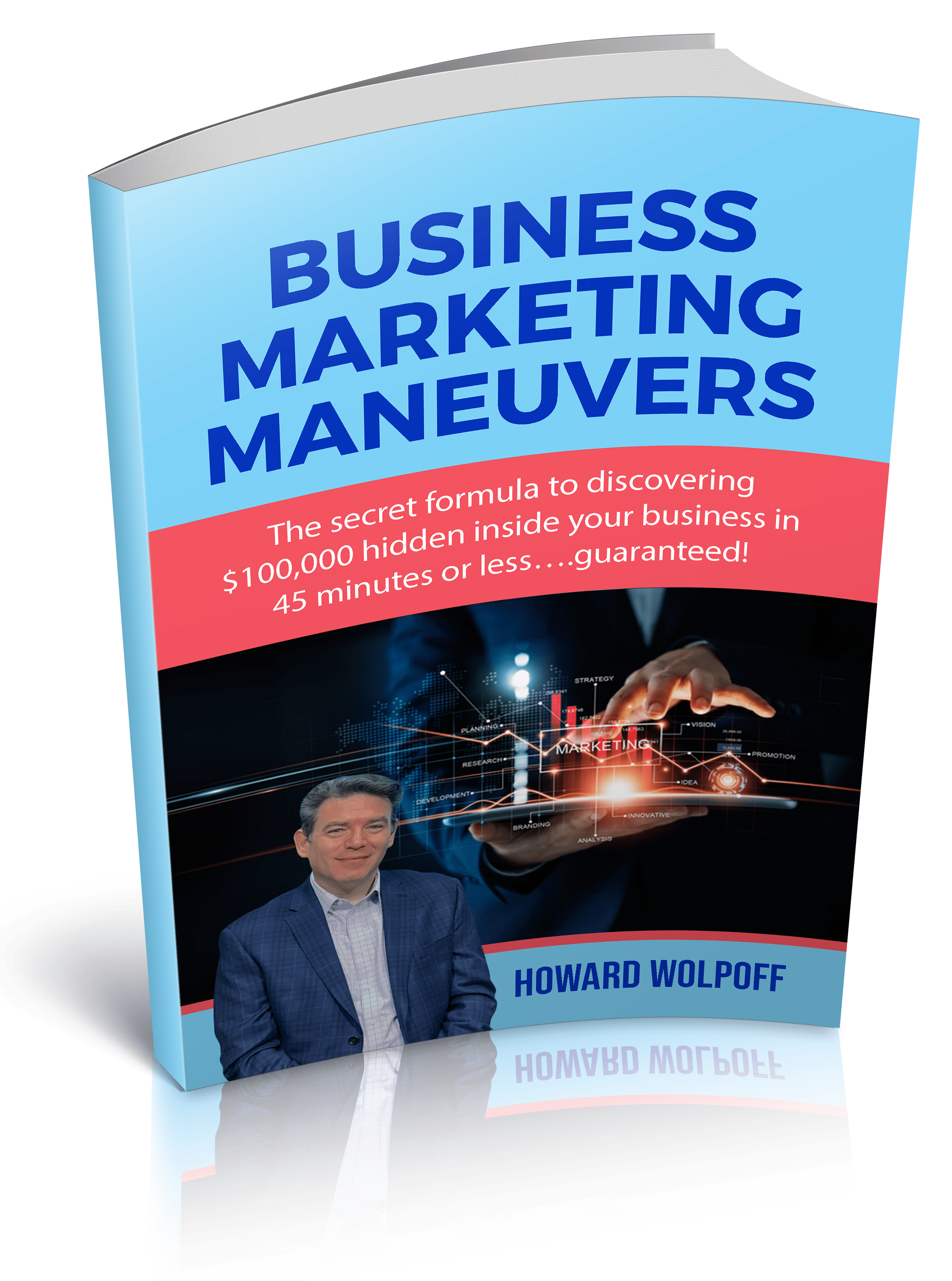In the last post we talked about how to learn about your big fish and prepare for the first contact you’ll make with them. This first contact is essential to your success. You need to instill confidence in them. They need to know you can fulfill exactly what you are offering on time, at a good price and at the quality you promise.
Today we’ll actually go through the big approach and how to make that perfect first impression. Before you put together your approach plan, you need to choose with big fish you’re going after. Take a look at your notes and the research you’ve done about prospective fish. Then decide which one will be the easiest approach to start out with.
There are a series of things to go through in choosing which fish to start with. They are:
- Position Your Business
- Compile Your Hit List
- Select the Best Target
Position Your Business
You need to position your business to make the first move by listing your revenue streams, id and list your operational procedures, where your fish is initially positioned, your big-customer research, and putting it all together.
Compile Your Hit List
Start with a list of all the companies you’ve been considering. Then narrow it down to the ones who know could use your products or services. Don’t overlook obvious choices, whether they are big or small. Even small companies could be big fish in the future.
Select the Best Target
Once you’ve got your list narrowed down, you need to decide which one is the best fish to start with. You need to consider a couple of things:
- Which have the most purchasing resources to spend?
- Does their company vision compliment yours?
- What are their employee incentive programs as they relate to your products/services?
- What’s the company’s real need for you?
- Will the partnership lead you off-course?
Now you should have a target in mind to start with. It’s time to plan your approach and execute that plan.
Here’s the step-by-step plan to help you make a good first impression:
- Build and analyze your database. Divide your leads into three different categories: hot leads, great fits and secondary leads.
- Send out introductory mailings to your target to introduce yourself, your company, services, products, and vision. They need to be short, clean and concise.
- Follow up with your first phone call 2-3 days after they would have received the mailings. During the phone call find out whom you need to be speaking with in the future and try to set up a meet with the right person.
- Follow up your phone call with another mailing that thanks them for taking the time to speak with you and offer more details about your products/services. Use this letter and opportunity to set up a meeting to do a presentation.
- Follow up the letter with another phone call a couple of days after they would have received the letter. This phone call is to help you further develop your relationship with the prospective client. You should also be able to set up a presentation meeting with them.
- Call again a week later if they haven’t agreed to a meeting or presentation. Ask if they received your creative letter (the second one) and if they have a minute when you can stop by and introduce yourself in person.
Now, don’t be upset if you don’t seal the deal right away. Some people simply take a little longer to woo. This can all be a little intimidating at first, but when you know you are offering a quality product/service, you can’t go wrong.
Once you’ve gone through this process and make first contact (and hopefully a good first impression) it’s time to put your best face forward, which means sending the right salesperson to seal the deal.
If you need help putting together your approach and make a good first impression, try our GUIDED TOUR to work with a coach and have access to a wealth of great resources and tools.



